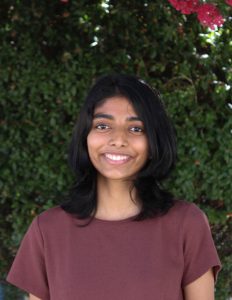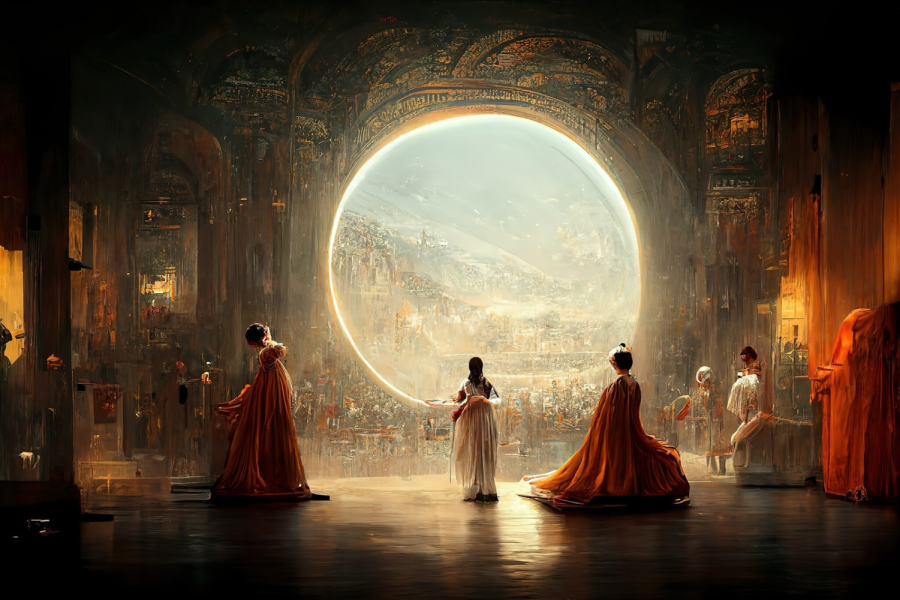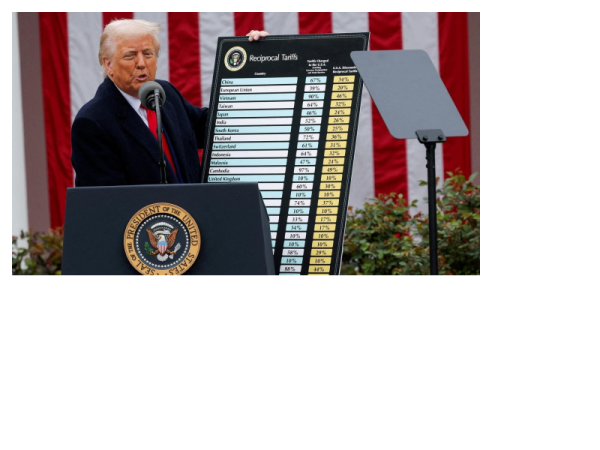Painting a New Picture on AI Art
Immerse yourself into a new world where algorithms are pushing the boundaries of art, blurring the lines between man-made and machine-made creations—this is the world of AI art, a truly revolutionary form of expression. With applications in reinventing art, remodeling art authentication, and fighting diseases, AI art continues to act as a valuable asset to artists across the world.
One of the biggest criticisms AI art faces is that it’s easy to plagiarize artwork, but the technology has advanced to the point where it can now also identify art forgeries. In 2021, Art Recognition, a pioneering AI technology, made headlines by authenticating the revered painting Samson and Deliah, which now sits in London’s National Gallery. Art conservators had long been disputing the origins of the painting, many claiming that it was by Rubens; however, by analyzing brush stroke patterns, Art Recognition was able to disprove Rubens as the creator of the painting. With an astonishing accuracy rate of over 90 percent, AI technologies like Art Recognition show promise for not only reducing counterfeits in the art world, but also preserving the richness of art history.
Honoring past artwork provides inspiration for modern-day artists to enhance their creative process and generate new ideas for their artwork—a feat that AI technology can help to advance. AI technologies like the Google Deep Dream Program utilize convolutional neural networks to analyze and modify pictures. Artists can input their own digital artwork and manipulate different parameters to create new, dream-inspired artwork. From generating new images in split seconds to creating new paintings according to the emotions of viewers, AI art truly pushes the boundaries of the ideal art experience. AI technologies aren’t replacements for artists; rather, they are tools for artists, helping them explore the ever-expanding boundaries of human imagination. Along with the rise in groundbreaking AI technologies, more artists are entering into art competitions, like the Colorado State Fair, which awarded first place to a piece created with AI —a testament to the idea that AI art is still art. One of the fair’s judges, an artist and art historian, explained she awarded the prize because despite being AI-generated, the piece told a story and “hit something in [her].”
The applications of AI art technologies don’t just lie within the realm of art as they are now extending to other fields, like medicine. With social media teeming over the breakthrough AI image generator DALL-E, scientists have now considered using this art-generating powerhouse as a tool to generate blueprints for new proteins and accelerate the biomolecular engineering design process. Such applications could provide solutions to long-standing modern-day medical problems, like cancer, COVID, and gluten intolerance. In an increasingly complex world, where answers to puzzling conundrums require the synthesis of ideas from various disciplines, intersecting visual art with AI technology has benefits beyond simply creating designs for pleasure.
Any new technology introduced into the market comes with positive and negative aspects. However, AI not only counteracts its negative effects, like plagiarism, but also assists artists in creating new, inspirational pieces, revealing that its benefits ultimately outweigh its pitfalls.







